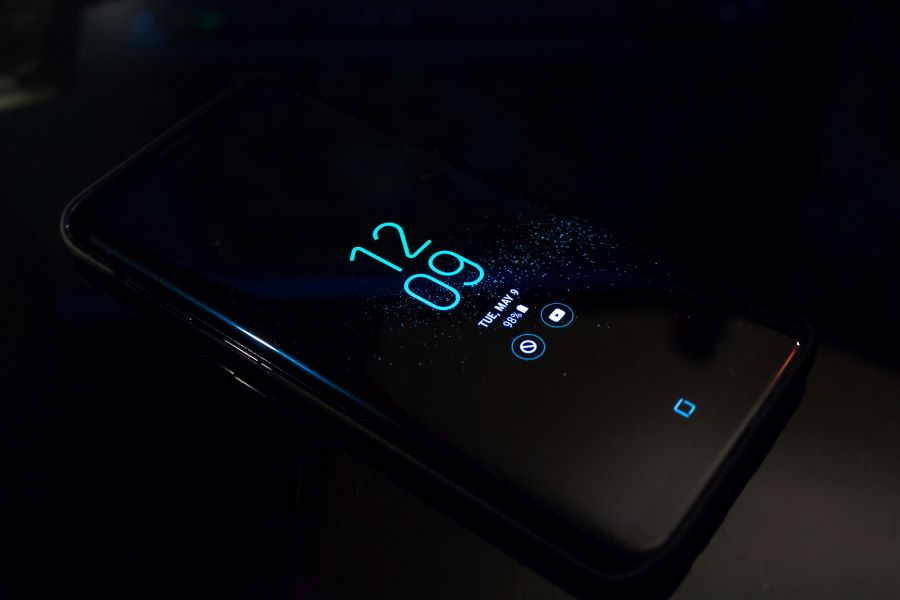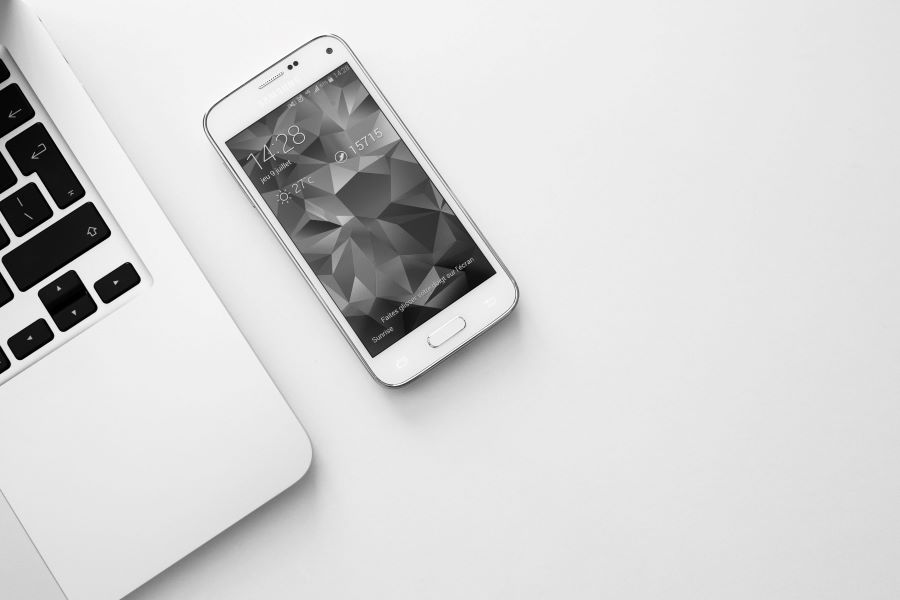Smartphones are now an integral part of our life, and we expect our phones to run at a 100% battery. However, they are machines at the end of the day and can stutter, giving us a not-so-smooth experience from time to time. In fact, one of the common issues that Android users face is apps running in the background, which can slow down the device, drain the battery, and consume data.
Buy Airtel Prepaid with exciting benefits!
In this blog, we will break down how to stop these apps from running in the background and how to enhance your smartphone performance at the same time. Also, make sure to recharge your prepaid plans on time so that you can keep using your phone the entire time.
Why is it important to stop apps running in the background?
Before diving into the steps, it’s essential to understand why you might want to stop apps from running in the background:
- Background apps consume battery power, leading to quicker depletion.
- Freeing up system resources can improve your phone’s speed and responsiveness.
- Some apps may use data while running in the background, potentially increasing your data charges.
- Reducing background activity can enhance your privacy by limiting the data apps can access and share.
Read more: How to find trash on an Android device?
What are the ways to stop apps running in the background?
There are several ways to prevent apps from running in the background on an Android device. Below are detailed methods to help you manage background apps effectively.
Use the built-in settings
Most Android devices come with built-in settings that allow you to manage background apps.
- Unlock your Android device and tap on the Settings icon.
- Scroll down and tap on Battery. This option might be under Device Care or Battery & performance depending on your device.
- Tap on Battery usage to see a list of apps and their battery consumption. This will help identify which apps are running in the background.
- Select the app you want to restrict.
- Tap on Battery and then Background restriction.
- Confirm to restrict the app’s background activity.
Read more: How to use your phone without mobile cell service?
Go to Developer options
Developer Options provide advanced settings, including managing background processes.
- Open Settings and go to About phone.
- Scroll down and tap on Build number seven times until you see a message that Developer Options are enabled.
- Go back to Settings and tap on System (or directly on Developer options in some devices).
- Tap on Developer options.
- Scroll down to Apps.
- Click on Background process limit.
- Select the number of processes you want to allow to run in the background (e.g., At most 4 processes).
Read more: How to check your phone’s location history?

Try third-party apps
There are various third-party apps available on the Google Play Store that can help manage background apps. Some popular options include:
- Greenify
- Advanced Task Manager
- KillApps
Disable auto-start
Many apps have an auto-start feature that allows them to run automatically in the background. Disabling this feature can help manage background apps.
- Open the Settings app.
- Scroll down and tap on Apps or App management.
- Choose the app you want to manage.
- Click on Permissions or Auto-start (depending on your device).
- Turn off the auto-start option for the app.
Use the battery optimisation features
Android devices have built-in battery optimization features that help manage background activity.
- Open the Settings app.
- Tap on Battery.
- Tap on Battery optimization or Optimize battery usage.
- Select All apps from the drop-down menu.
- Choose the app you want to optimize and select Optimize.
Close apps manually
You can also manually close apps running in the background using the recent apps menu.
- Tap the Recent apps button (usually a square or swipe up from the bottom if using gesture navigation).
- Swipe left or right to close apps that you no longer need.
Read more: What is APK and are they safe to be downloaded on a phone?
Managing apps that run in the background is crucial for maintaining the performance, battery life, and data usage of your Android device. Use the various methods mentioned in this blog to optimise your smartphone performance and make the most of your device.
These steps not only improve your phone’s efficiency but also enhance your overall user experience. Regularly monitor the apps that are running in the background, and for anything suspicious, make sure to thoroughly check your device for any viruses.



